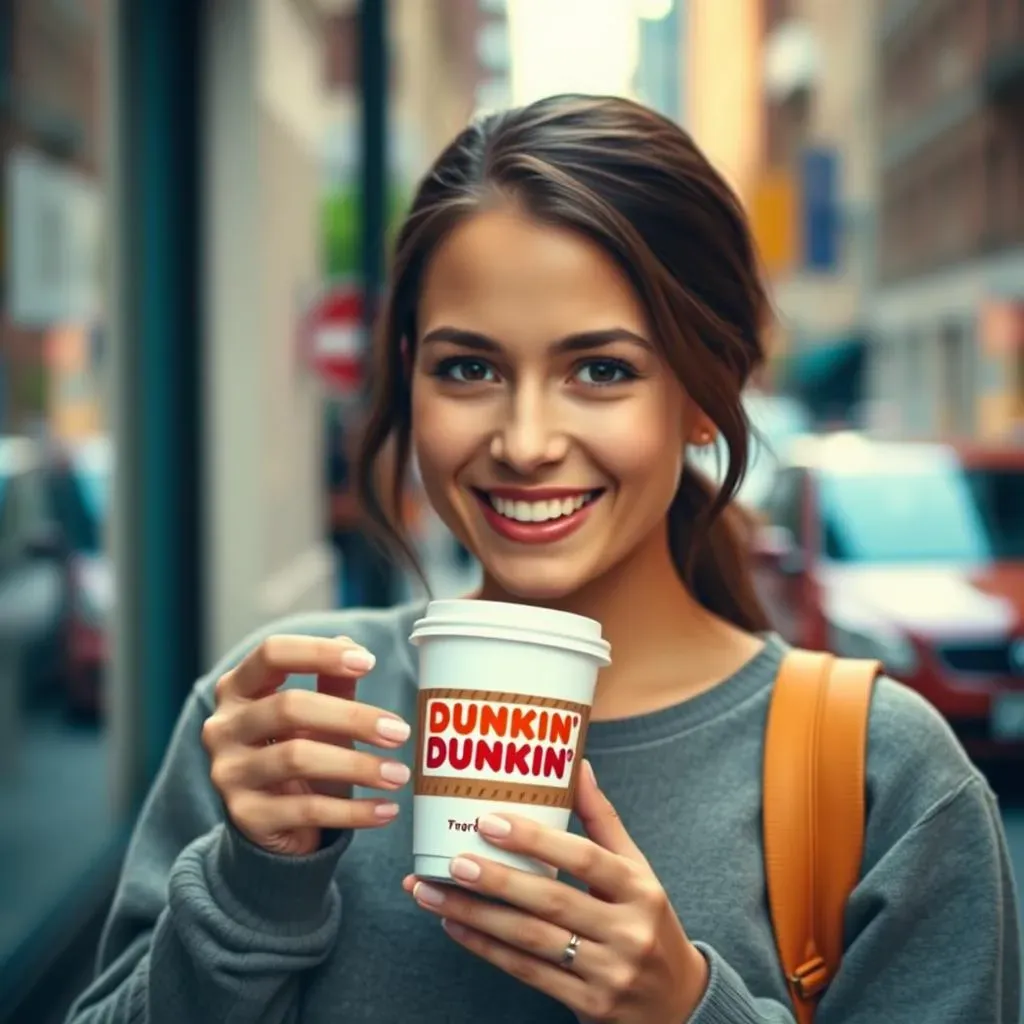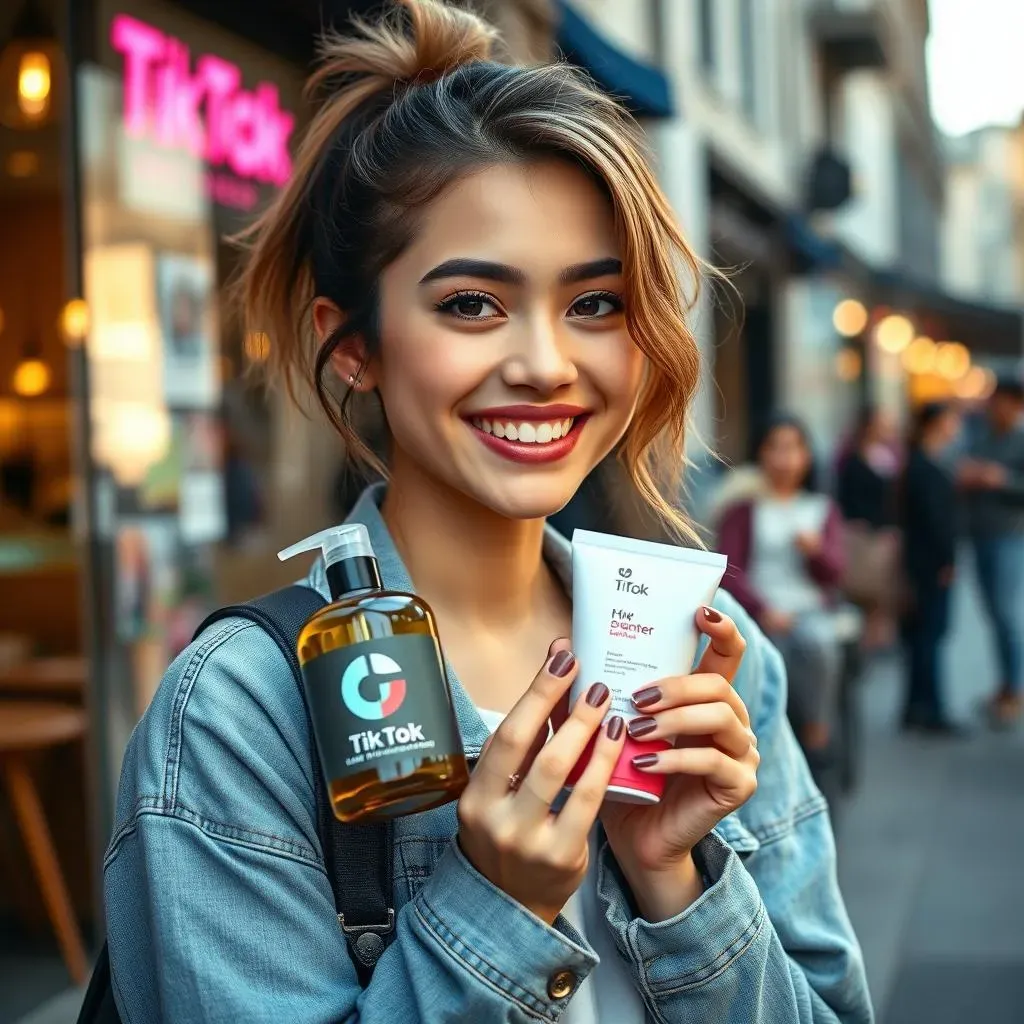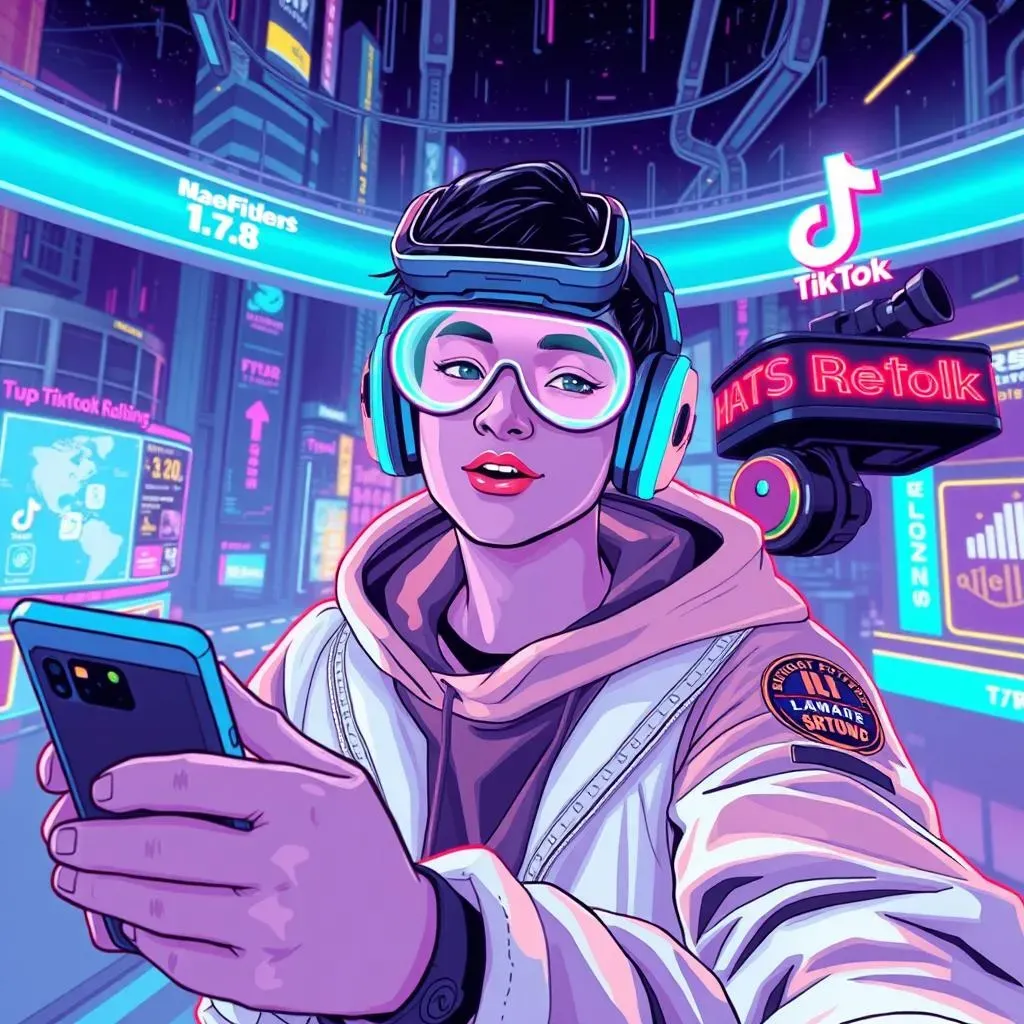Table of Contents
Ever wondered how those seemingly effortless TikTok videos featuring your favorite stars and their favorite brands come to life? It's all about the power of collaboration! This article explores the fascinating world of "TikTok stars collaborations with brands," unpacking the strategies, successes, and sometimes surprising failures behind these partnerships. We'll dissect how these collaborations are formed, examining what makes some campaigns go viral while others fizzle out. You'll discover the key ingredients for a winning collaboration, including the importance of authenticity, a clear brand message, and choosing the right influencer for the job. We'll delve into real-world examples, showcasing both brilliant successes and cautionary tales to illustrate best practices. Get ready to learn how TikTok stars and brands leverage each other's strengths to create engaging content that captivates audiences and drives sales. By the end, you'll have a solid understanding of how these partnerships work and be equipped to evaluate their effectiveness. Let's dive in!
How TikTok Stars and Brands Team Up for Success

How TikTok Stars and Brands Team Up for Success
So, you're diving into the world of TikTok influencer marketing? Fantastic! It's a wild ride, but the potential for reaching huge audiences is undeniable. The basic idea is pretty simple: brands partner with popular TikTok creators to promote their products or services. Think of it like a modern-day endorsement, but with a much younger, more tech-savvy audience. Instead of stiff commercials, brands leverage the creativity and authenticity of TikTok stars to create engaging, shareable content. This could be anything from a fun dance challenge using the product to a relatable review or a cleverly integrated product placement within a creator's existing content style. The key is to make it feel natural and not forced – no one likes a hard sell on TikTok!
Collaboration Type | Description | Example |
|---|---|---|
Sponsored Post | The influencer creates content featuring the brand's product. | A beauty guru using a new lipstick in a makeup tutorial. |
Affiliate Marketing | The influencer earns a commission for each sale generated through their unique link. | A fitness influencer promoting workout gear with a discount code. |
Brand Ambassadorships | Long-term partnerships where the influencer represents the brand across various platforms. | A fashion influencer regularly wearing and promoting a clothing brand. |
The beauty of these collaborations lies in their potential for virality. A single, well-executed TikTok video can reach millions of users organically, generating significantly more exposure than traditional advertising methods. But it's not just about reach; it's about engagement. TikTok thrives on authenticity and relatability. Users are more likely to trust a recommendation from a creator they admire than a generic ad. This is where the right influencer-brand match is crucial. A successful collaboration isn't just about finding a big following; it's about finding a creator whose personality and values align with the brand's image and target audience.
- Authenticity: The influencer should genuinely like and use the product.
- Target Audience Alignment: The influencer's followers should match the brand's ideal customer.
- Creative Control: Give the influencer some creative freedom to make the content their own.
- Measurable Results: Track key metrics like views, engagement, and sales to assess campaign success.
Analyzing Successful TikTok Stars Collaborations with Brands

Analyzing Successful TikTok Stars Collaborations with Brands
Dissecting Viral Campaigns: What Made Them Click?
Let's get down to brass tacks. Analyzing successful TikTok collaborations isn't about magic; it's about understanding the elements that resonate with viewers. Think about campaigns that exploded – what made them so effective? Often, it's a perfect storm of factors: the right influencer, a compelling product, and creative content that's both entertaining and informative. A great example is the partnership between Dunkin' and Charli D'Amelio. It wasn't just her massive following; it was her genuine enthusiasm for the brand, reflected in her creative and relatable content. She didn't just shill the product; she integrated it into her existing style, making it feel authentic. This authenticity is key to success; it's what builds trust and encourages viewers to engage and even purchase.
- Strong Influencer-Brand Alignment
- Creative and Engaging Content
- Authenticity and Relatability
- Clear Call to Action
Metrics That Matter: Measuring Success Beyond Views
While millions of views are certainly impressive, they don't tell the whole story. Analyzing successful TikTok collaborations requires a deeper dive into the metrics. Sure, views are important, but engagement is even more crucial. Likes, comments, shares, and saves all indicate how well the content resonated with the audience. Another critical metric is the conversion rate – how many viewers actually made a purchase or took the desired action? This requires tracking unique links or discount codes associated with the campaign. Finally, consider brand sentiment. Did the collaboration enhance the brand's image? Did it attract a new audience? Analyzing these metrics provides a comprehensive picture of the campaign's success and helps brands refine their strategies for future collaborations.
Metric | Description | Importance |
|---|---|---|
Views | Total number of times the video was watched. | Reach and visibility. |
Engagement (Likes, Comments, Shares) | Measures audience interaction. | Indicates content resonance. |
Conversion Rate | Percentage of viewers who took the desired action (e.g., purchase). | Directly measures campaign ROI. |
Brand Sentiment | Overall public perception of the brand following the collaboration. | Long-term brand impact. |
Lessons Learned: Avoiding Common Pitfalls
Not every TikTok collaboration hits the jackpot. Analyzing unsuccessful campaigns is just as important as celebrating successes. One common mistake is a lack of authenticity. If the influencer doesn't genuinely connect with the brand or the product, it shows. Viewers can spot inauthenticity a mile away, and it can damage both the influencer's and the brand's credibility. Another pitfall is a lack of clear objectives. What does the brand hope to achieve with the collaboration? Increased brand awareness? Driving sales? If the goals aren't clearly defined, it's difficult to measure success. Finally, neglecting post-campaign analysis is a missed opportunity for learning and improvement. Reviewing the metrics and identifying areas for improvement is vital for future collaborations.
The Power of Authenticity in TikTok Stars Collaborations with Brands

The Power of Authenticity in TikTok Stars Collaborations with Brands
Why Authenticity Reigns Supreme on TikTok
Let's be honest, the TikTok algorithm is a fickle beast. It rewards genuine engagement, not forced promotion. Authenticity isn't just a buzzword; it's the lifeblood of successful TikTok collaborations. When a TikTok star genuinely loves a product and integrates it organically into their content, viewers can sense it. This creates a ripple effect: increased trust, higher engagement, and ultimately, more conversions. It's about creating a connection, not a transaction. Think of it like this: would you rather watch a forced commercial or a friend enthusiastically sharing their latest discovery? The choice is clear. Authenticity fosters genuine connection, building a bridge between the influencer, the brand, and the viewers.
InAuthentic Collaboration | Authentic Collaboration |
|---|---|
Feels forced and unnatural. | Feels natural and relatable. |
Low engagement and limited reach. | High engagement and widespread reach. |
Damages influencer and brand credibility. | Builds trust and strengthens brand image. |
Spotting the Difference: Authentic vs. InAuthentic Partnerships
One of the easiest ways to spot an inauthentic partnership is the lack of integration. If the product feels shoehorned into the content, it's a red flag. Authentic collaborations seamlessly weave the product into the influencer's existing style and personality. Another key indicator is the influencer's enthusiasm. Does the star genuinely seem excited about the product? Or are they simply reciting a script? True enthusiasm is infectious and resonates with viewers. Finally, look at the comments section. Authentic collaborations spark genuine conversations and interactions. Viewers ask questions, share their experiences, and engage with both the influencer and the brand. A lack of meaningful interaction suggests a lack of authenticity.
- Seamless Integration: The product blends naturally into the content.
- Genuine Enthusiasm: The influencer expresses genuine excitement.
- Engaging Comments: Viewers actively participate in the conversation.
- Long-Term Relationship: The collaboration extends beyond a single post.
Building Authentic Partnerships: Tips for Success
So, how do you cultivate authenticity in TikTok collaborations? It all starts with careful selection. Brands need to partner with influencers whose values align with their own. It's not just about follower count; it's about finding a creator whose audience genuinely resonates with the brand's message. Next, empower the influencer. Give them creative freedom to develop content that reflects their unique style. Micromanaging can stifle creativity and lead to inauthentic results. Finally, foster a long-term relationship. One-off collaborations are less likely to build trust than ongoing partnerships. When brands invest in genuine relationships with influencers, authenticity blossoms, resulting in mutually beneficial outcomes for both parties and, most importantly, the viewers.
Future Trends in TikTok Stars Collaborations with Brands

Future Trends in TikTok Stars Collaborations with Brands
The Rise of Micro-Influencers and Niche Collaborations
Forget only chasing the mega-stars with millions of followers. We're seeing a significant shift towards micro-influencers – those with smaller, highly engaged audiences within specific niches. Brands are realizing the value of targeted campaigns reaching passionate communities. A micro-influencer specializing in sustainable fashion, for instance, might be far more effective at promoting an eco-friendly clothing line than a general lifestyle influencer with a much larger, but less relevant, following. This trend reflects a move towards authenticity and genuine connection, prioritizing quality interactions over sheer numbers.
- Increased focus on niche markets
- Higher engagement rates from dedicated followers
- Cost-effective alternative to mega-influencers
- Improved brand-audience alignment
Interactive Content and Immersive Experiences
TikTok is all about interactivity. We're moving beyond simple sponsored posts towards more immersive experiences that encourage active participation. Think interactive quizzes, polls, filters, and augmented reality features that allow viewers to engage directly with the brand and product. This could involve creating branded challenges, using interactive filters that showcase products, or hosting live Q&A sessions with influencers and brand representatives. The goal is to create memorable moments and foster a sense of community around the brand.
Interactive Strategy | Example | Benefits |
|---|---|---|
Branded Challenges | Users create videos using a specific hashtag and product. | Increased brand awareness and user-generated content. |
Interactive Filters | AR filters that showcase products in a fun and engaging way. | Unique and memorable brand experience. |
Live Q&A Sessions | Influencers and brand reps answer viewer questions in real-time. | Direct engagement and improved brand transparency. |
The Metaverse and Web3 Integration
As the metaverse and Web3 technologies continue to evolve, we'll see more brands exploring innovative collaborations within these digital spaces. This could include virtual product placements in metaverse environments, influencer-led virtual events, and the creation of NFTs (non-fungible tokens) linked to exclusive brand experiences. Imagine a collaboration where a TikTok star hosts a virtual concert promoting a brand's new headphones, offering exclusive NFT access to concert attendees. This trend blends the virtual and physical worlds, creating exciting new opportunities for engagement and brand building. The key here is to ensure these experiences remain accessible and engaging for a broad audience, rather than creating exclusive, elitist experiences.